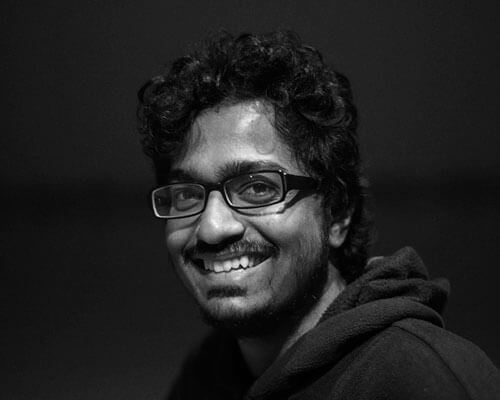I am a documentary photographer based in India. I did my Post graduate diploma in photography from Pathshala South Asian Media Institute.
Born in 1990 Midnapore - Lives and works in Kolkata
Awards and Fellowships:
The Toto-Tasveer Emerging Photographer of the Year.
India foundation for the Arts grant for the Project "Let's Sing an Old Song".
Magnum Foundation's Photography and Social Justice Fellowship for the Project "Full Moon in a Dark night"
Publications:
The Telegraph, The Indian Express , Better Photography, Kindle Magazine, Mint Lounge, The Caravan, Wired, A’int-Bad Magazine, Platform, Harmony .
As well as online portals such as Scroll.in, The Huffington Post, BBC Online, Gallery Carte Blanche, F-Stop Magazine, Galli Magazine, Fltr , Medium and etc.
AAP: Do you have a mentor or role model?
Yes, Shahidul Alam who is the principal of Pathshala .And Morten Krogvold was one of my mentor during Chobimela VII .
AAP: Do you remember your first shot? What was it?
I don't remember my first shot exactly but when I was 7-8 years old, I got a Kodak KB10 from my mother and then I started to capture each and everything around me.
AAP: What or who inspires you?
My Parents ,Friends, Barnali But mostly my Grand father whose photographs inspire me to become a photographer in my childhood.
AAP: How could you describe your style?
Once one of my mentor Hasib Zakaria told me that my work is about hyper real. "Hyper reality is seen as a condition in which what is real and what is fiction are seamlessly blended together so that there is no clear distinction between where one ends and the other begins."
AAP: What kind of gear do you use? Camera, lens, digital, film?
I like to shoot only on 35mm Prime lens in Film and Digital both.
AAP: Do you spend a lot of time editing your images? For what purpose?
I don't spend lot of time in editing my pictures but what I keep in mind during my editing is that I should not off-tracked.
AAP: Favorite(s) photographer(s)?
Alec Soth, Stfan bladh, Graciela Iturbide, Diane Arbus, Dayanita Singh and so on.
AAP: What advice would you give a young photographer?
I am also a young Photographer.
AAP: What are your projects?
My project documents retired Jatra artists (Jatra is four hundred years old Bengali folk theater which is disappearing day by day) or who have been working in Jatra for more than 25-30 years.
AAP: Your favorite photo book?
Calcutta Ladies by Dayanita Singh, Fauna and Flora by Dietmar Busse and so on.
